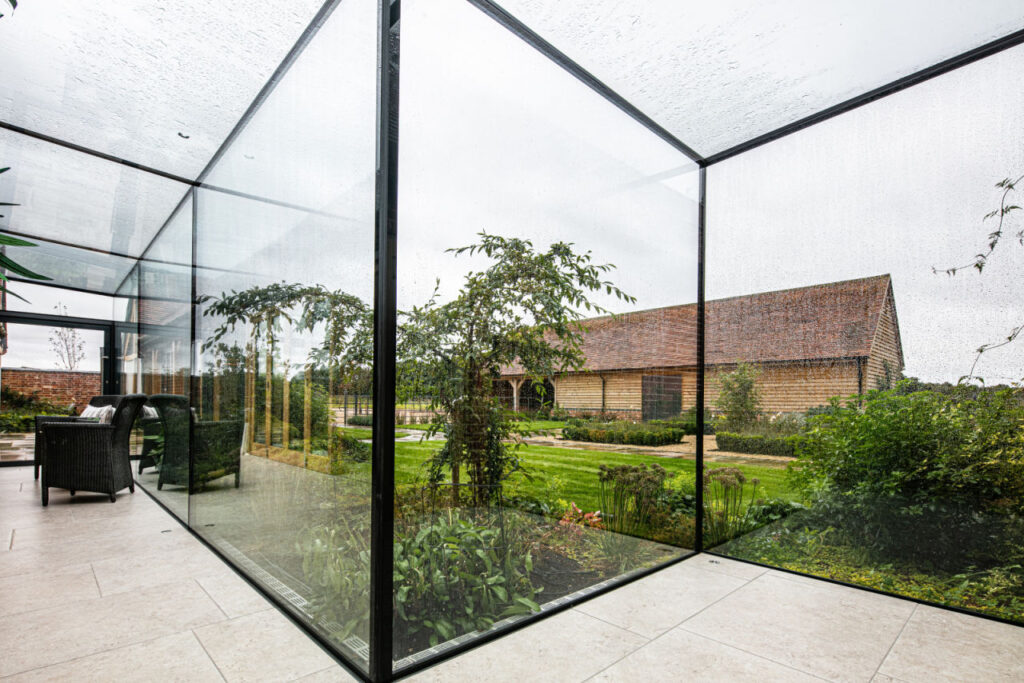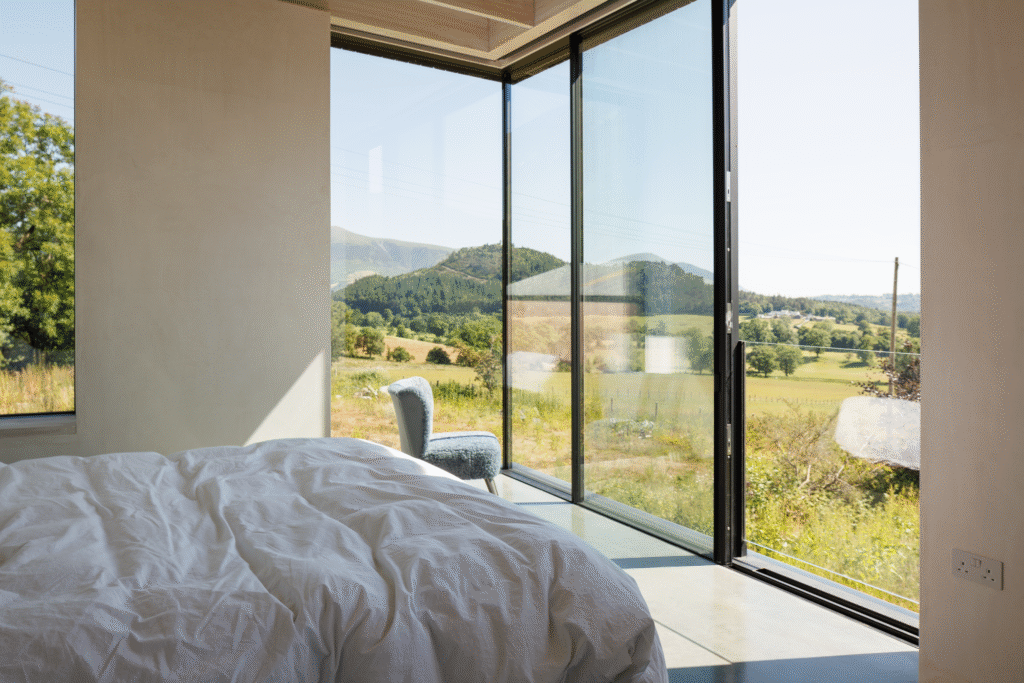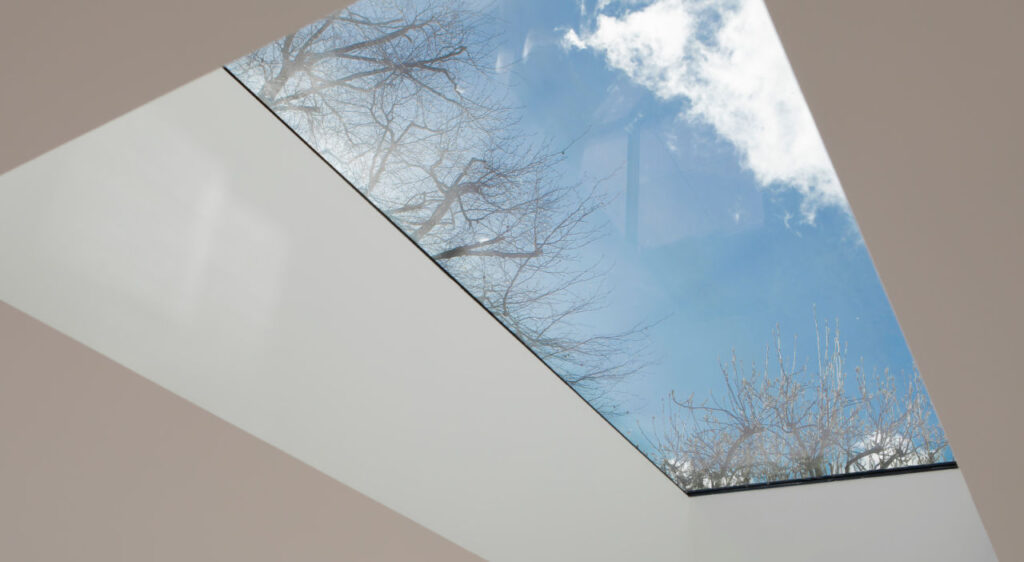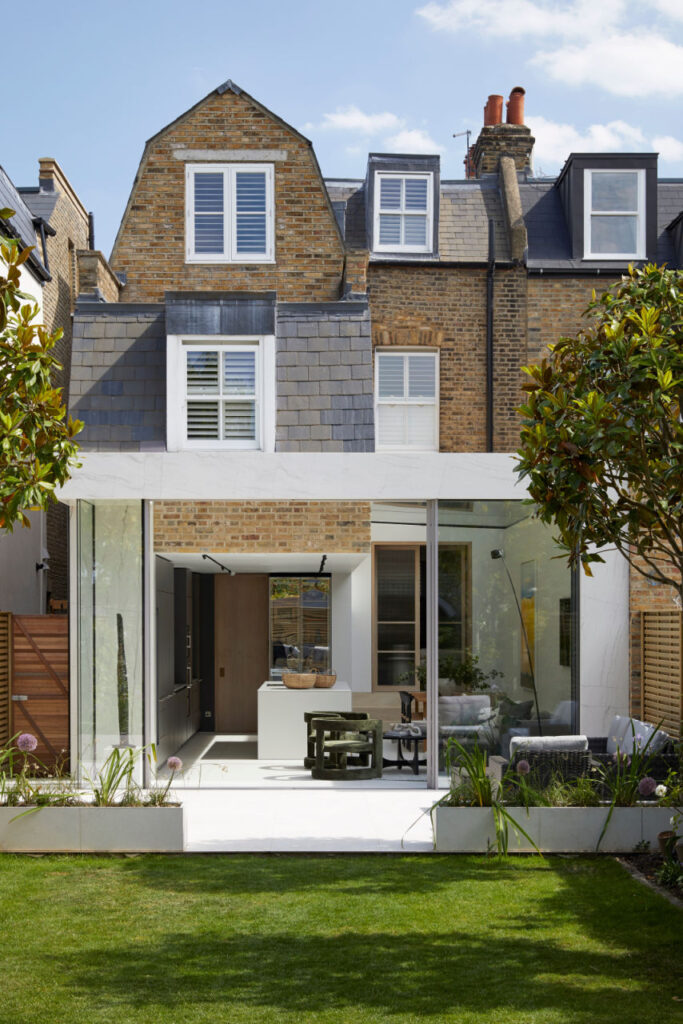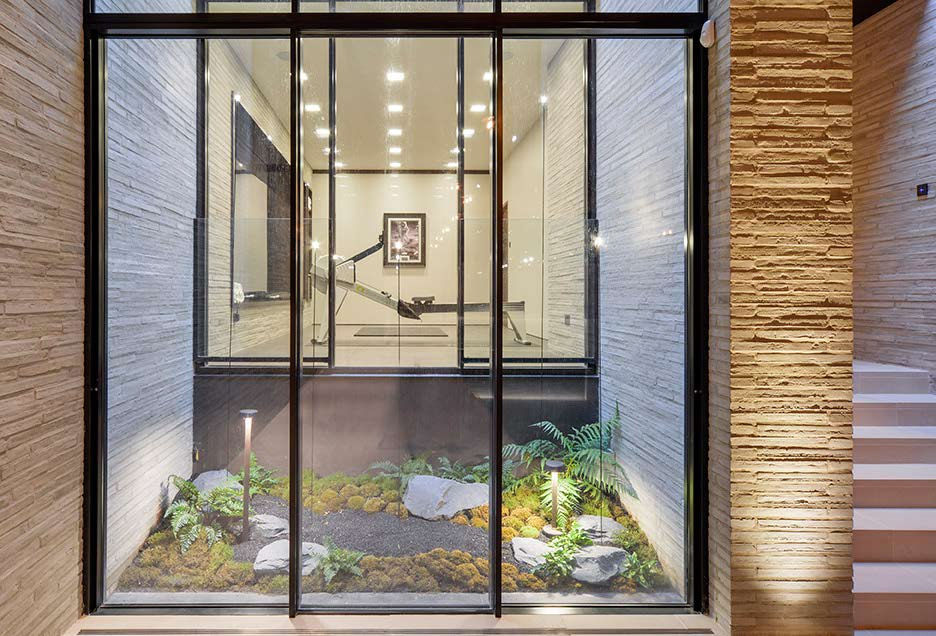How To Have A Sympathetic Listed Building Renovation With Glass
There are ways to sympathetically renovate a listed building for modern use, ensuring its future while respecting its past. Glass can bridge the gap between modern life and historic architecture.
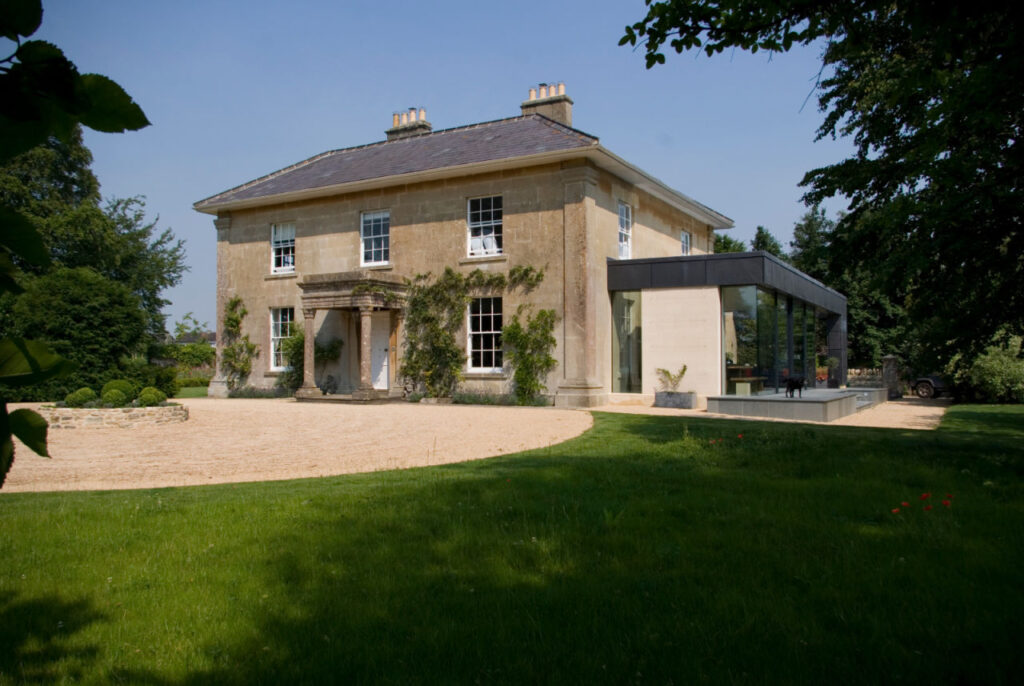
Buildings need to be used in order to be maintained: that is simply a fact of life. Even the most historic of locations will fall into disrepair and dereliction without heating and regular upkeep. But what happens when you own a property that has a long and important heritage, but which is no longer suitable for modern use? We are here to help, with our guide to historic building renovation work, helping to secure its future, while remaining sensitive to its past.
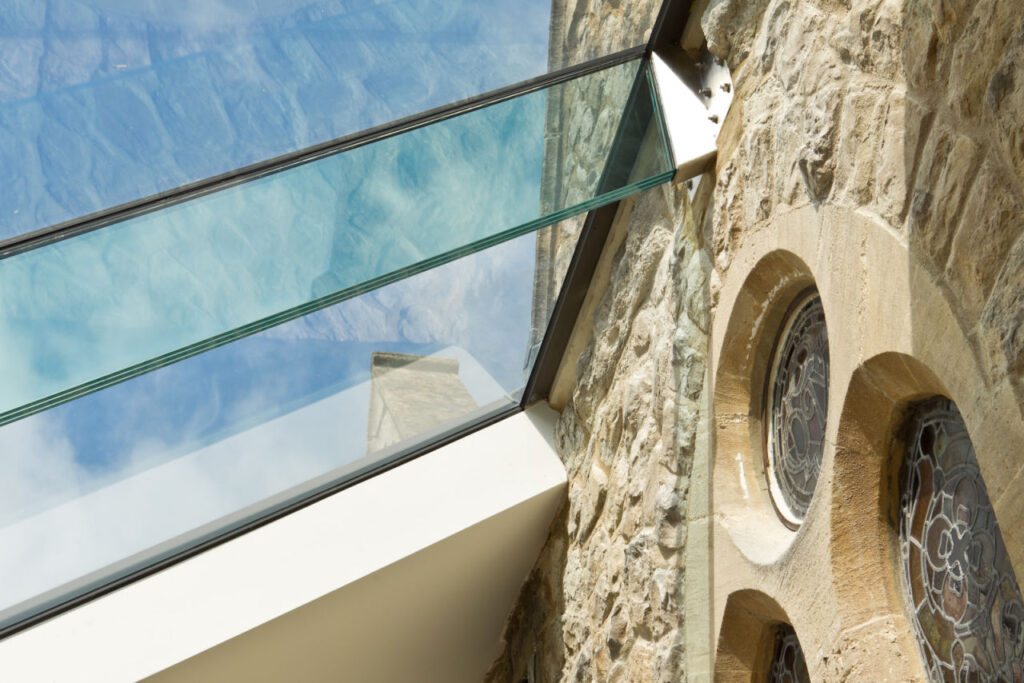
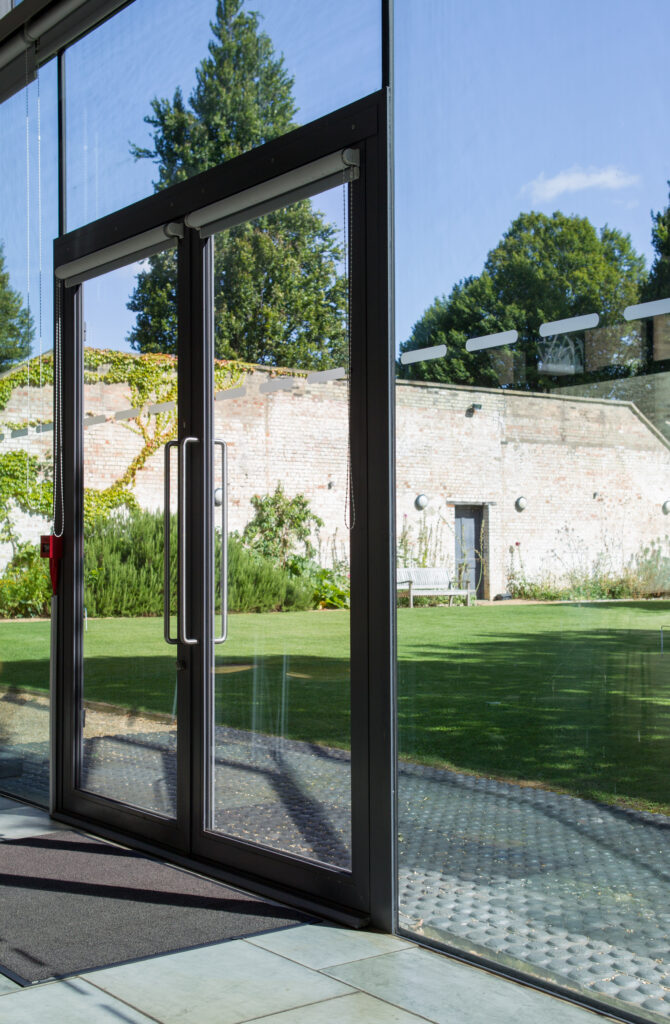
Successful listed building renovations requires careful planning
Renovating a listed building presents a unique set of challenges and rewards. The desire to introduce modern elements, such as glass, must be carefully balanced with the imperative to preserve the building’s historical integrity, and there is a big difference between conservation and preservation. Achieving a sympathetic listed building renovation that adds new elements requires meticulous planning, a deep understanding of heritage regulations, and a commitment to using appropriate materials and techniques. Let’s explore some of what you might need to know.
The importance of traditional & sympathetic material
When renovating a listed building, the choice of materials is paramount. While glass is inherently modern, it can be used in conjunction with traditional materials to achieve a harmonious blend. For example, in a barn conversion, fixed rooflights can be fitted around traditional timberwork, while modern frames can replicate the leaded glass of the building’s original windows, to either create consistency with current glazing, or to bring back the original style that may have been lost over the past decades.
Unsympathetic renovations, especially in larger buildings that have been split into multiple dwellings, is sadly extremely common, and many renovation projects seek to restore the building’s original character. The use of appropriate materials extends beyond aesthetics, however. Conservation officers will scrutinise the thermal performance, durability, and environmental impact of your chosen materials too. Opt for glass with high energy efficiency ratings and consider using locally sourced materials whenever possible, especially if they come with skill trades people who know about the older building methods. This can demonstrate a commitment to sustainability and aligns with the principles of conservation and help with your application.
Using glass: extensions vs renovating existing spaces
When a historic building is being renovated, it is usually down to two issues: lack of space or a need to update the current space. Glass can be used to do both. When space is needed, an extension can be the best way to go, as it will increase the actual room count, and by using glass to create the extension, you will still be letting the original building take centre stage, especially if the view needs to be as uninterrupted as possible. Adding a glass extension can dramatically transform a listed building, creating a light-filled space that can also create a seamless connection with any outdoor space. However, this approach requires careful consideration of the building’s context and setting. If you want to learn more, we’ve got a blog post that can offer up advice when adding a glass extension to a historic property.
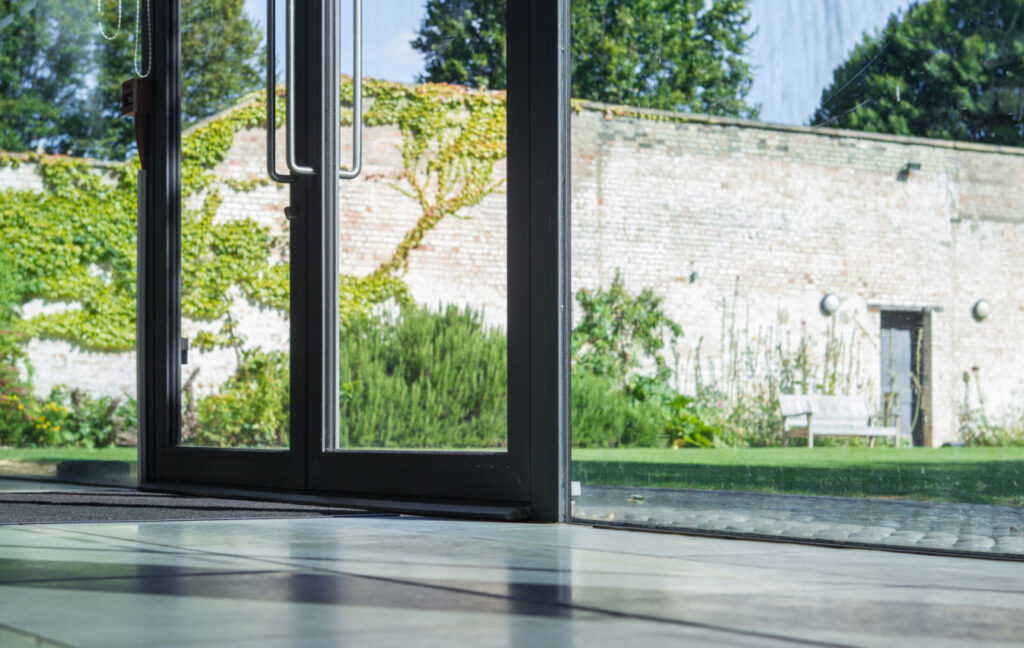
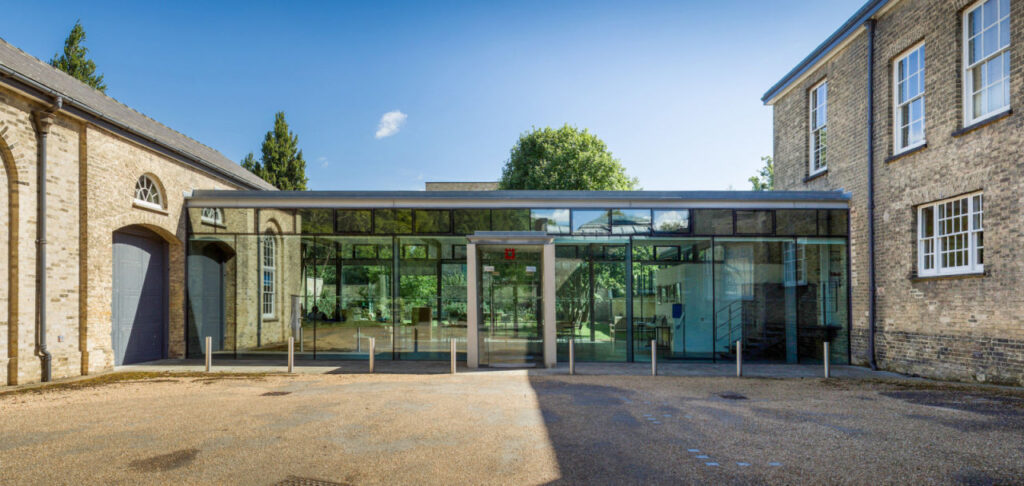
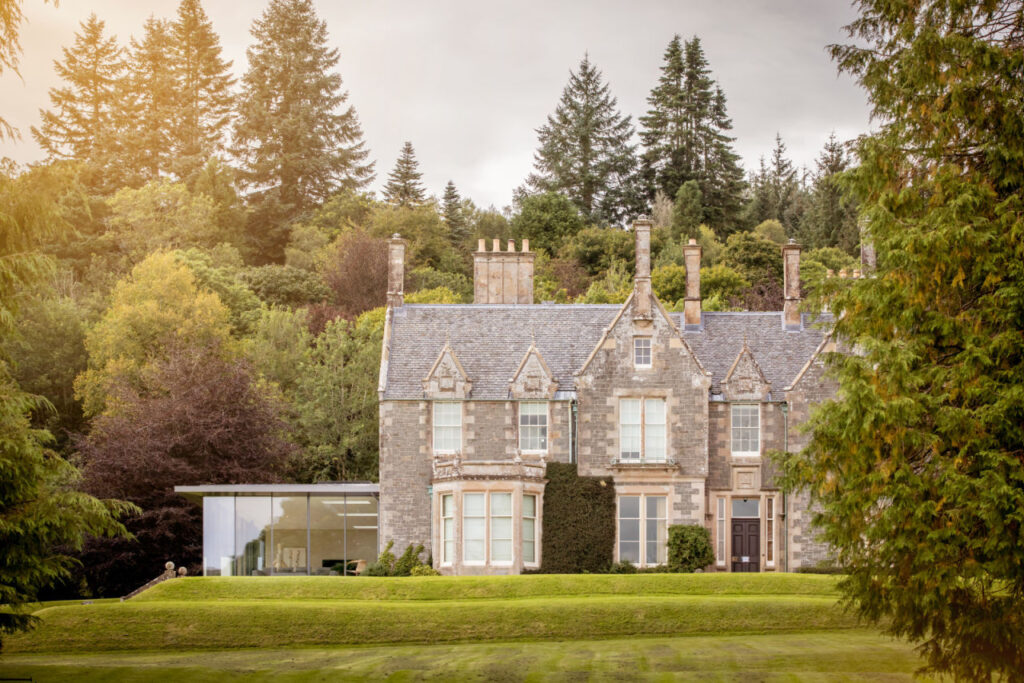
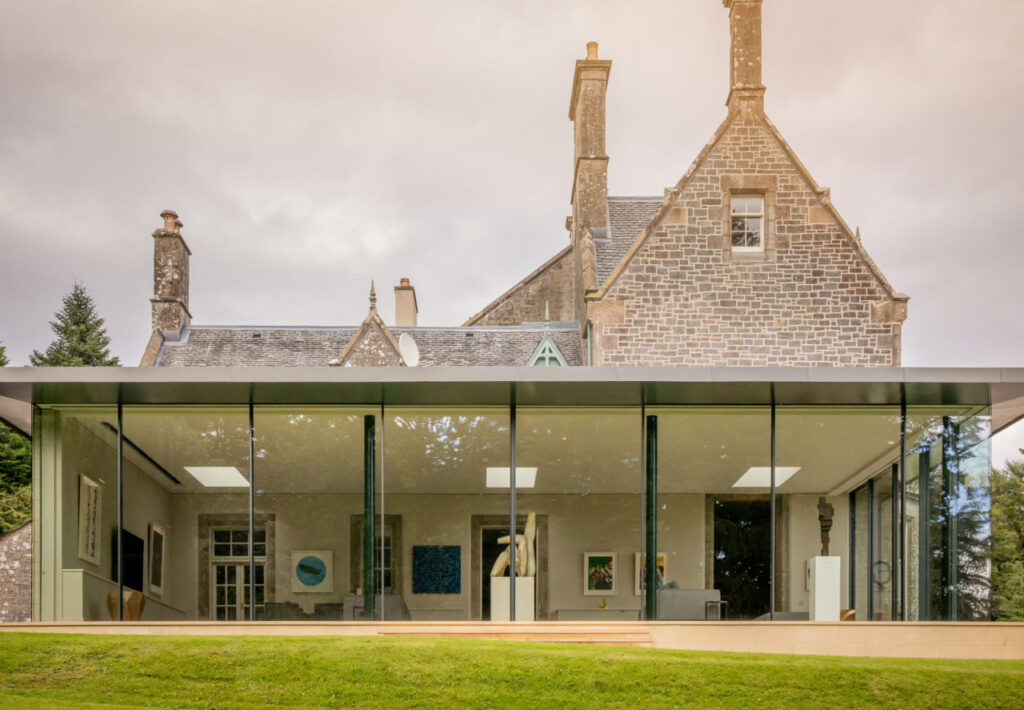
How glass can be integrated with original features
The heart of any successful historic building renovation lies in respecting and enhancing the building’s original features, whether it is protected by listed status or not. Glass, when used thoughtfully, can illuminate and showcase these features, rather than overshadowing them. For instance, consider using frameless glass partitions to create a seamless division between old and new, allowing original timber beams or stone walls to remain visible. Glass floors or skylights can also bring natural light into previously dark spaces, highlighting the building’s architectural details.
This is exactly what we did at The Creamery – a heritage dairy at Castle Cary. Vertical glass panes were used to showcase the century old walls and workings, while a glass link connected one building to another. The glass may look spectacular, and is a topic of interest within itself (allowing the current owners to leave their mark on the building’s history) but it fades into the background when visitors want to focus on the attractions housed inside.
This can be particularly useful when the original building is in a dire state of disrepair or is in ruins. Glass can be used to fill in the gaps without the need to build new walls. Cantifix have done this for numerous religious and educational settings. One such example is when Roman ruins were discovered on a building site. Instead of letting it hinder the progress, the owners decided to make a feature of it and Cantifix were on hand to create glass walkways to protect the ruins, while also letting them be visible to visitors. You can see this idea replicated all across the UK, with glass showcasing rediscovered wells, priest holes and ruins of varying antiquity.
Planning permissions & conservation considerations for listed buildings
Navigating the planning permission process is a critical aspect of any renovating a listed building project. Conservation officers will assess your proposals based on their impact on the building’s historical significance and its setting. It is essential to engage with the local planning authority early in the process and to provide detailed plans and specifications. Before any work begins, a thorough survey of the building is essential. Identify and document all original features, noting their condition and significance. This documentation will be invaluable when discussing your plans with conservation officers. The goal is to integrate glass in a way that allows the building’s character to sing, rather than imposing a modern aesthetic that stifles it.
It is also worth thinking about the future of the building – both your new additions and the future of the older structure. Will the additions add to current issues or help them? Is there anything that you can do to prolong the life of the current structure? What impact will your additions have on future renovation attempts? One example of Cantifix thinking in this way, is when we were asked to renovate and update the beautiful, historic glass domes at the Fitzwilliam Museum in Cambridge. They needed updating, but we had to also preserve the intricate original framework. We modernised the support for the original framework and added in new, technologically enhanced glass, but we also spared a thought for future maintenance:removable panels were incorporated into the design to allow future access to the original domes without compromising the overall integrity of the glazing.
By showcasing forward thinking in your planning, any application will demonstrate a commitment to preserving the building for future generations, both in terms of protecting what came before and considering what will come after.
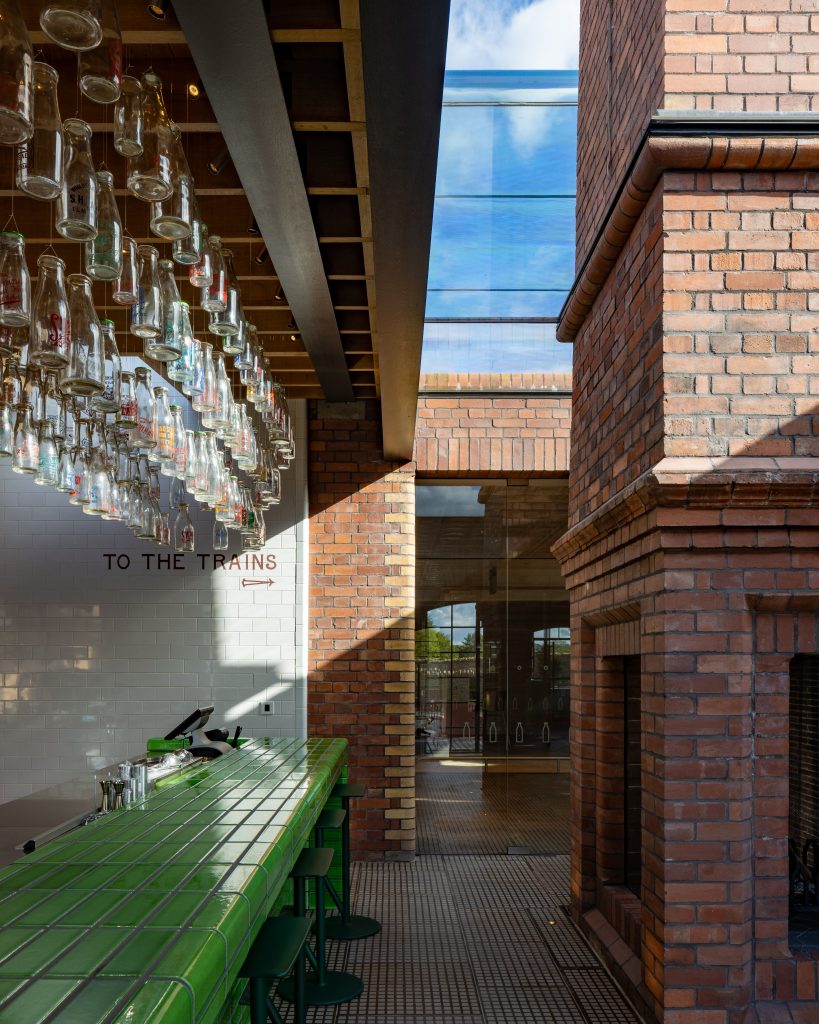
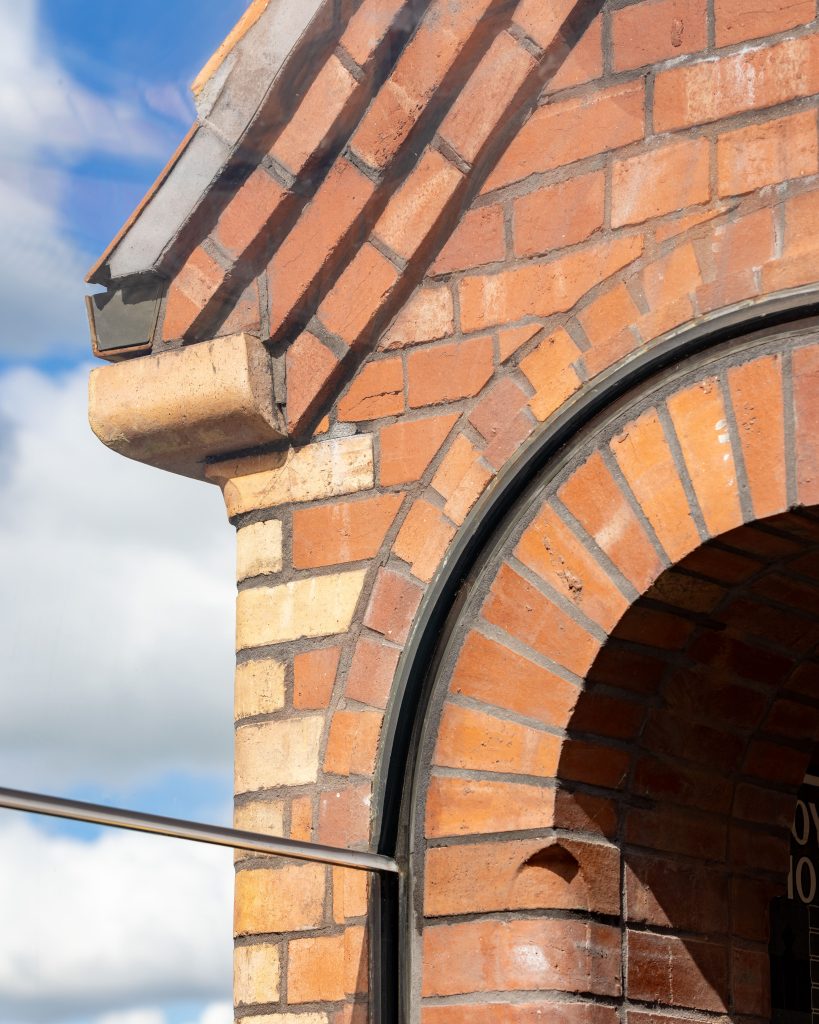
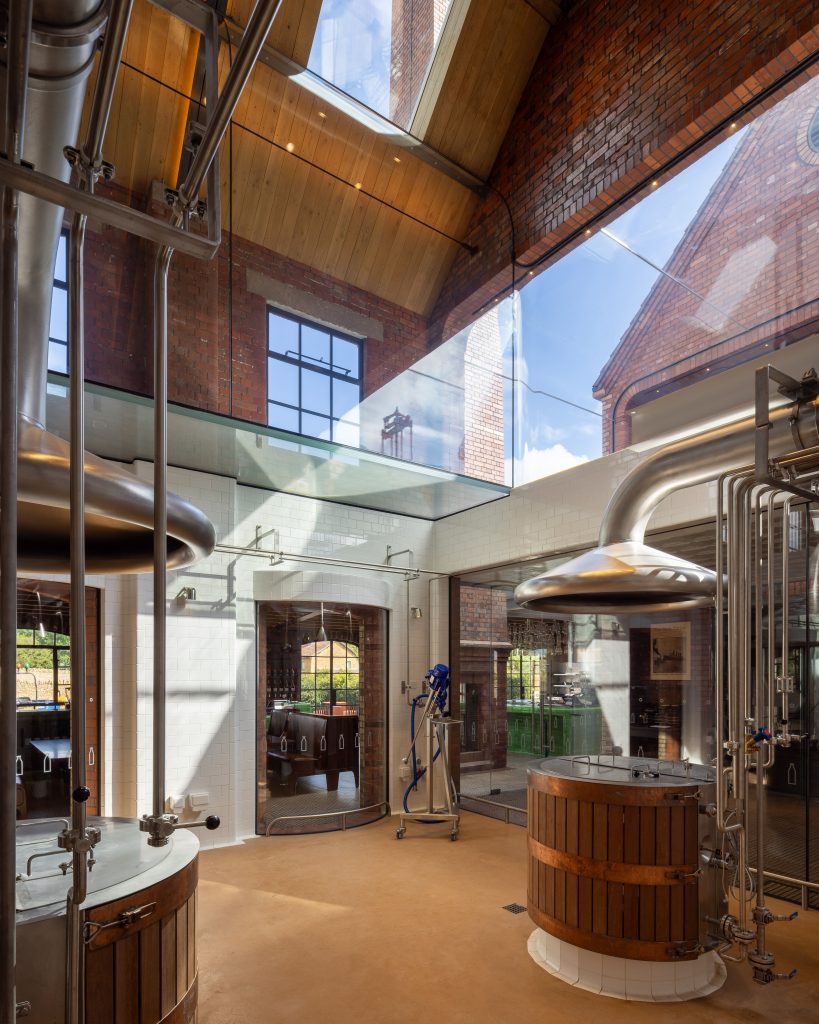
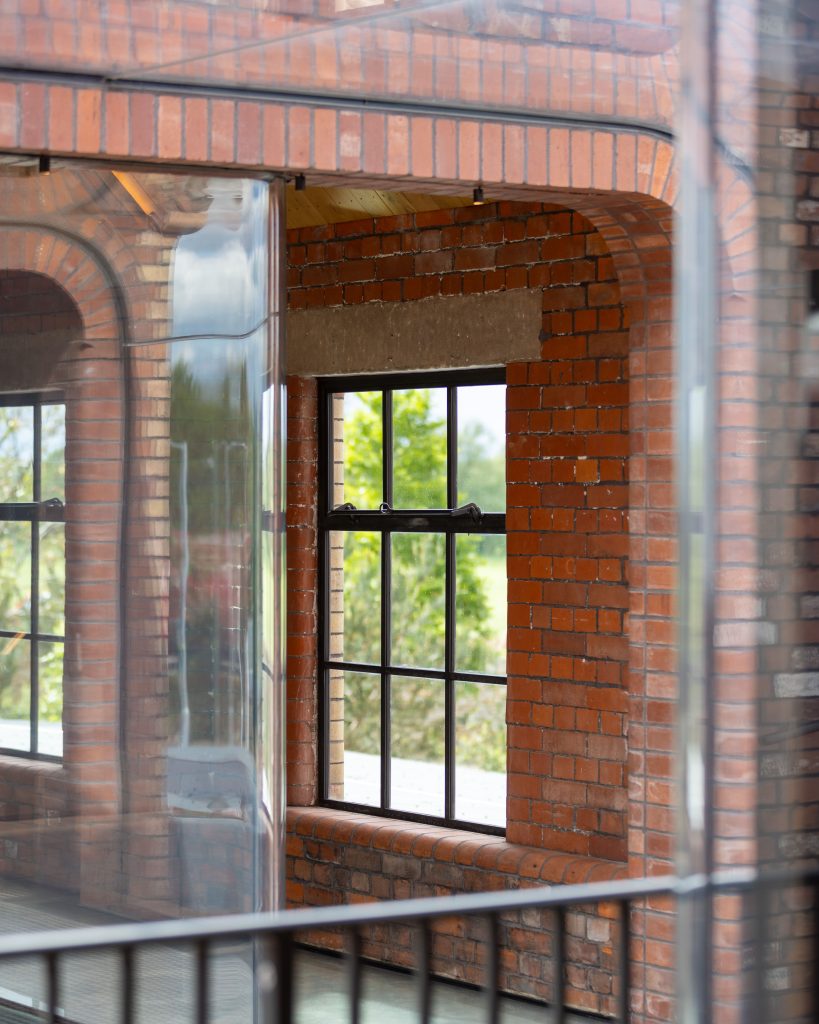
By showcasing forward thinking in your planning, any application will demonstrate a commitment to preserving the building for future generations, both in terms of protecting what came before and considering what will come after.
Environmental impact of renovating a listed building
While the primary focus of updating a listed building is about preserving the past, this needs to not happen at the cost to the future: we are talking about the environment. Many heritage projects, made with the best historical intentions, have been delayed or even halted because of their impact on the environment and wild life in the area, such as was the case for The Newt in Somerset. Luckily, in that instance, they were able to alter their plans to accommodate the wildlife and saw the lighthearted side of it, ultimately naming their location after the newt that had had such an impact on the plans.
So many building projects, be they heritage based or brand new, have sustainability at the heart of their plans right from the start. As well as regulations changes providing an ever greater focus on eco-credentials, it is simply what the public want, and a building that is as close to carbon zero and doesn’t negatively affect the environment is a win for everyone.
If you are looking to include a large amount of glazing in your listed building renovation, there are plenty of opportunities to improve energy efficiency, and therefore environmental impact. With any glass product, the need for artificial light is reduced, making the energy needed to run the space less, and truly incredible thermal performance of glass can be achieved with the latest integrated glazing technology, with triple glazing being the pinnacle of this, reducing the need for heating in colder weather. Consider using solar control glass to prevent overheating in summer and low-emissivity glass to retain heat in winter. Explore options for incorporating renewable energy sources, such as solar panels, into the design.
Furthermore, when possible, sourcing reclaimed or recycled glass products can be a strong environmental choice, as well as choosing carbon offsetting options for the actual building process of your project means that you can begin having a positive impact on the planet, even before your home is complete.
Choosing skilled craftsmanship
Finally, the success of any glass renovation project depends on the skill and expertise of the craftsmen involved. Working with listed buildings requires a high level of precision and attention to detail. Choose experienced professionals who understand the principles of conservation and have a proven track record of working with historic buildings, such as stone masons, thatchers and other almost traditional construction methods.
For your glazing needs, you want to go with the best. Cantifix have been crafting bespoke glass solutions for over four decades and have worked on countless listed building projects. We offer specialised expertise in complex problem solving, innovating products when the design calls for it and the answer doesn’t already exist. We can offer advice when navigating the maze of regulations and conservation considerations all while ensuring that your glass looks spectacular, but is still sensitive to the building that it sits within.
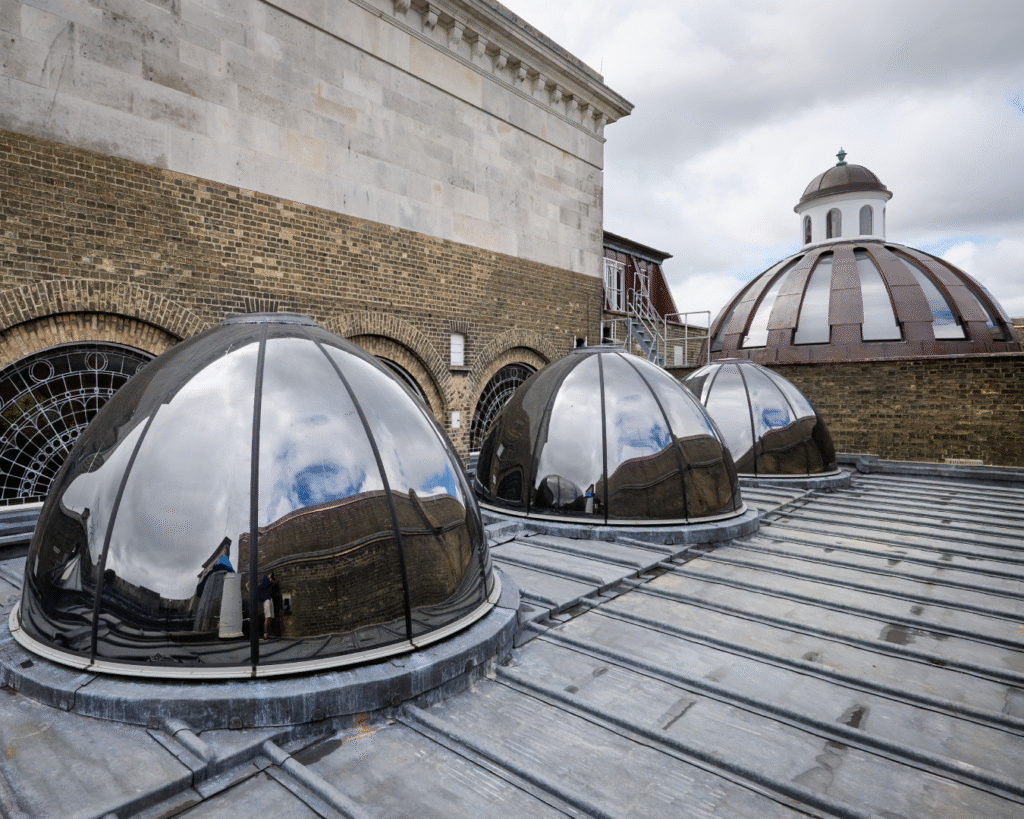
It is possible to achieve a sympathetic listed building renovation, by using glass that enhances the building’s beauty and preserves its historical integrity, as well as creating a comfortable and sustainable home for you to live in.
Enhance your building’s unique architecture with Cantifix custom-made glass that complements its historical charm. Contact our experts today for a consultation and begin your journey to preserving the legacy of your building, while adding your own note onto the pages of its story.
